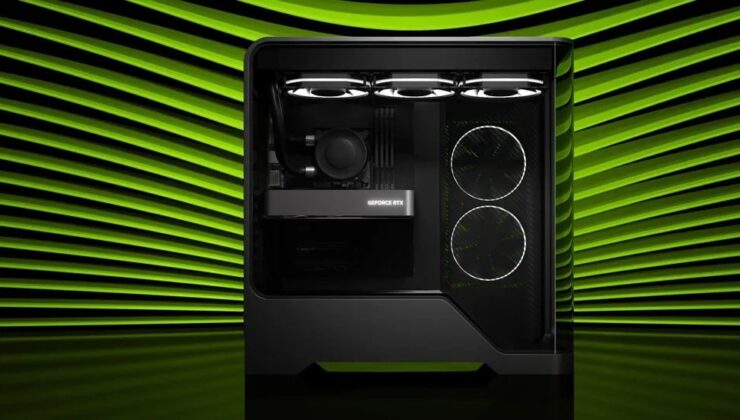

NVIDIA has officially unveiled the highly anticipated GeForce RTX 5060 series, which includes three desktop graphics cards: the GeForce RTX 5060 8 GB, GeForce RTX 5060 Ti 8 GB, and GeForce RTX 5060 Ti 16 GB.
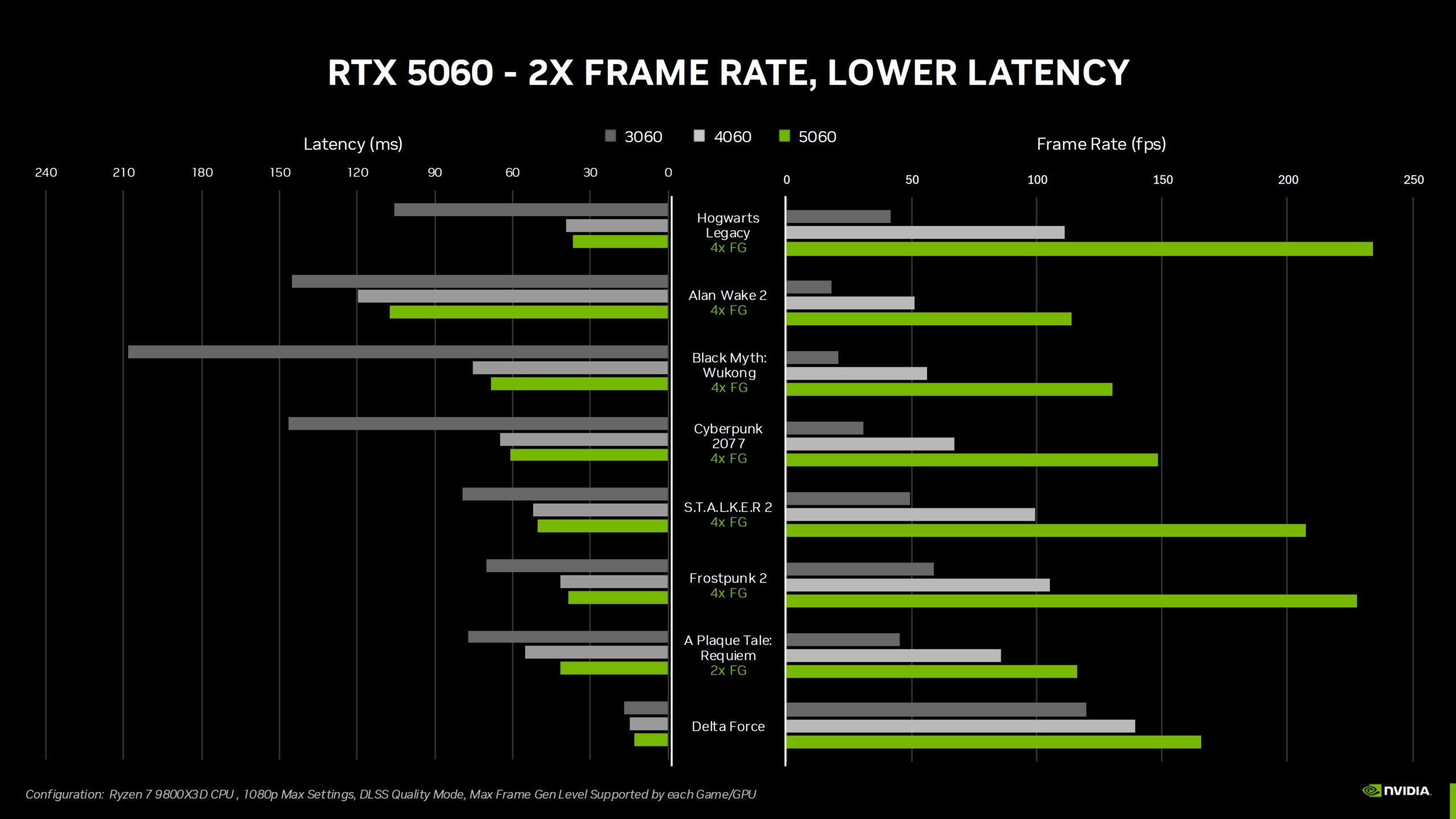
Performance Enhancements
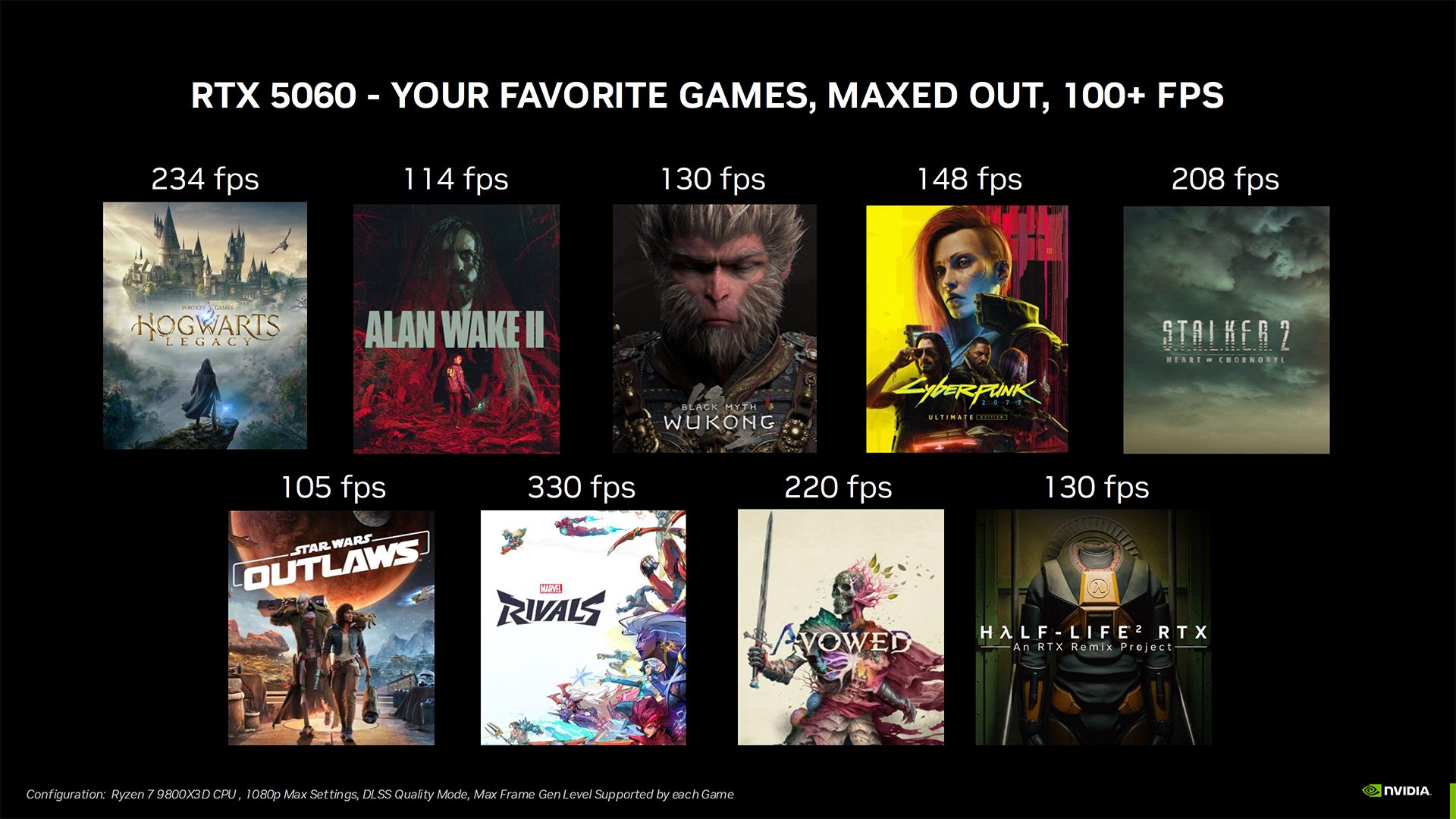
The GeForce RTX 5060 series claims to deliver FPS values over 100 at 1080p with the highest settings, thanks to the integration of DLSS 4 technology. In terms of standard rendering performance, NVIDIA reports a 25% improvement over the previous RTX 4060 model. All three cards in the RTX 5060 lineup are built on the GB206 silicon, with variations in Streaming Multiprocessors (SM) activation depending on the model. The RTX 5060, for instance, will feature slightly reduced GPU clocks, 25% less active L2 cache, and 30 SMs.

Technical Specifications
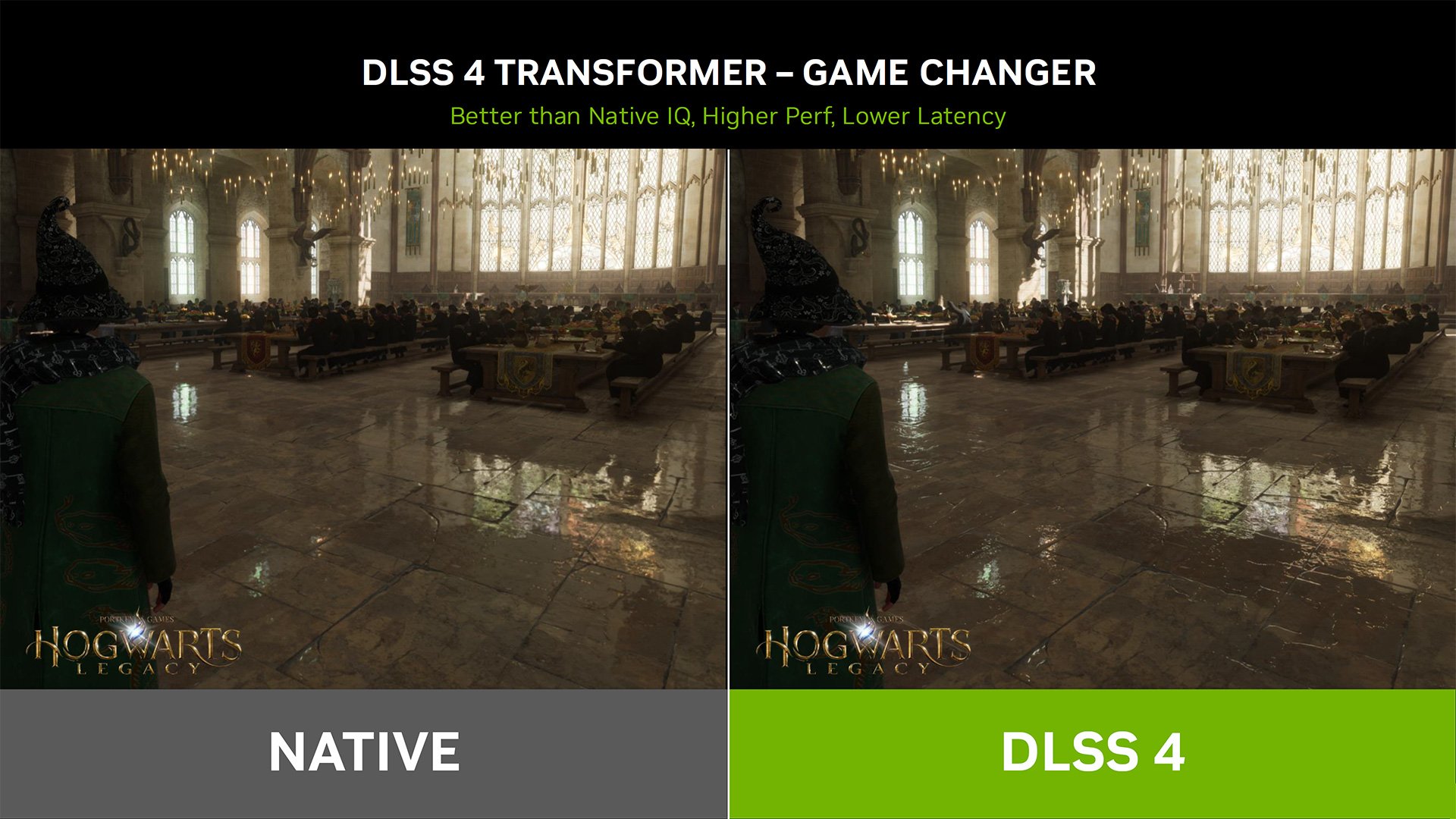
The RTX 5060 retains a similar VRAM size and memory bus as its predecessor but incorporates several key changes. Running on a PCB marked PG152-SKU25 and utilizing the GB206-250-A1 GPU die, it offers 3072 CUDA Cores – a 25% increase over the RTX 4060. Key features include:
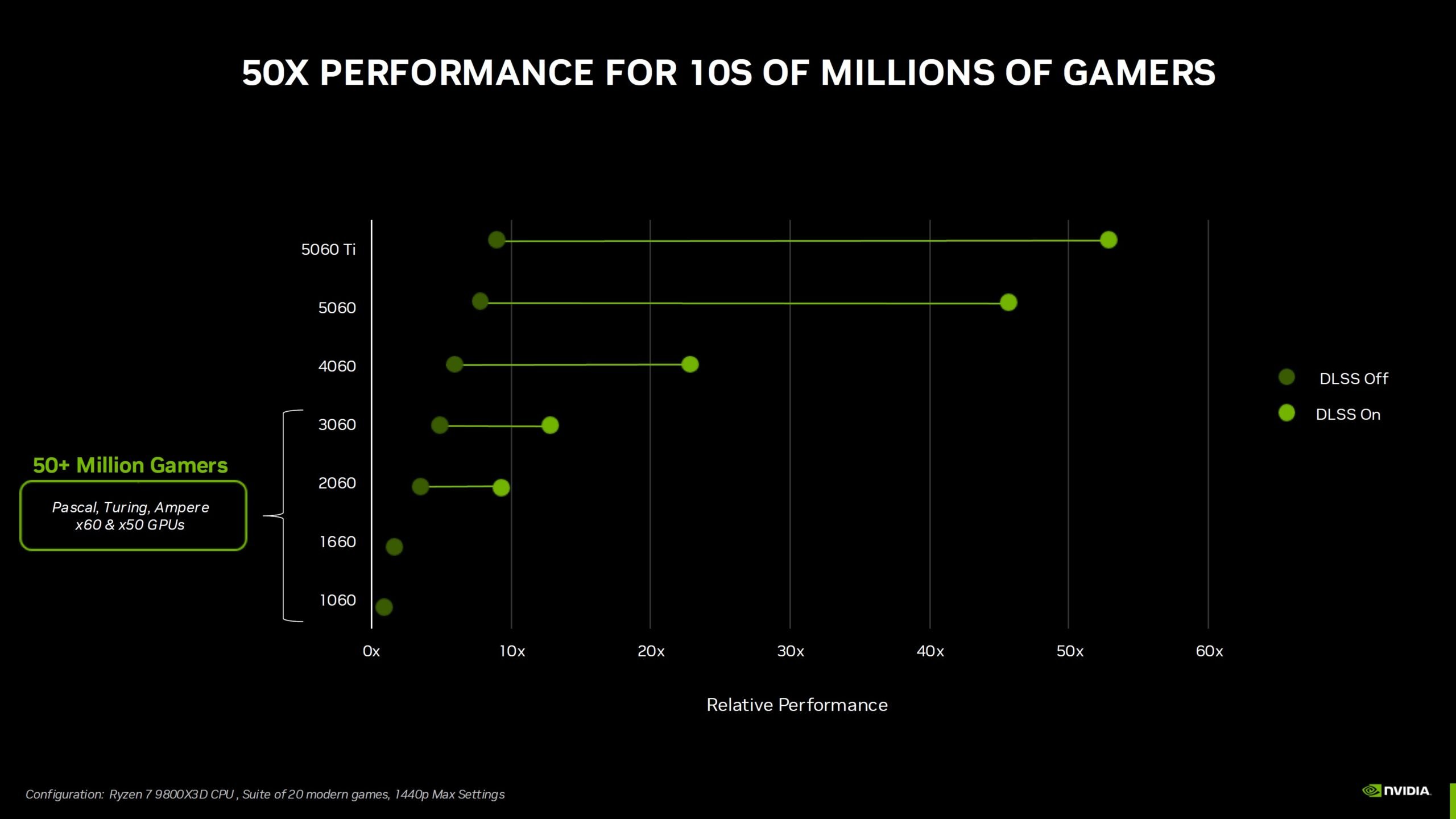
The bandwidth enhancements are particularly noteworthy, with the memory bandwidth soaring to approximately 448 GB/sec, representing a 65% improvement over the RTX 4060’s 272 GB/sec. However, the adequacy of 8 GB VRAM for high FPS in modern games remains a subject for debate.
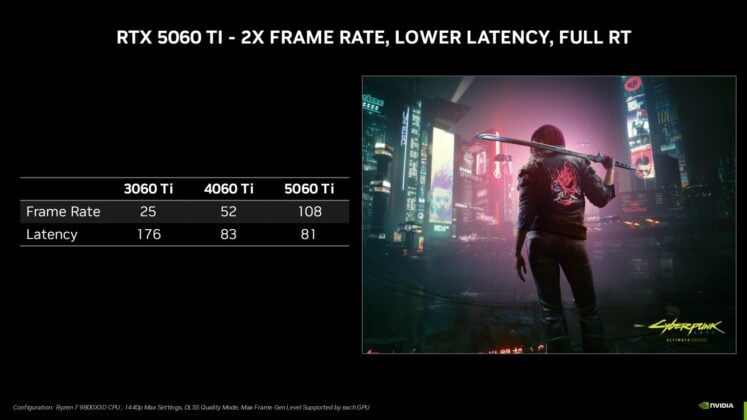
Power Consumption and Pricing
The GeForce RTX 5060 will see a noticeable increase in power consumption, with a 25W TBP hike compared to the RTX 4060. Despite the enhanced specifications, NVIDIA has managed to keep the list prices affordable, offering more powerful hardware with new features at competitive rates.
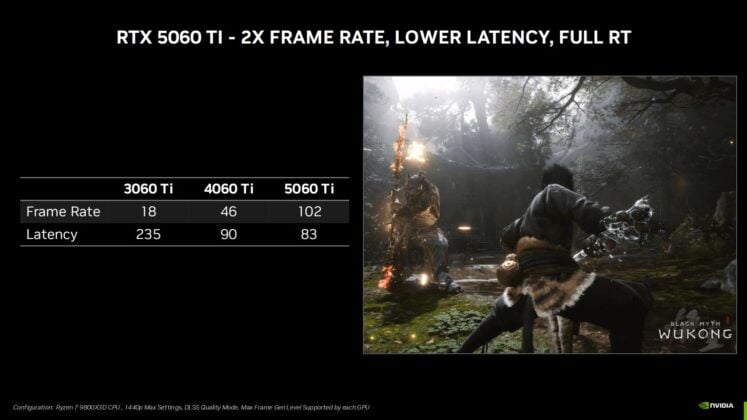
The RTX 5060 series cards, based on the new Blackwell architecture, continue to utilize TSMC’s 4nm (4N) manufacturing process. They boast features like PCIe 5.0 x8 connectivity, ensuring efficient bandwidth utilization.
Comparative Overview
| Model | RTX 5060 Ti 16 GB | RTX 5060 Ti 8 GB | RTX 5060 | RTX 4060 Ti 16 GB | RTX 4060 Ti 8 GB | RTX 4060 |
|---|---|---|---|---|---|---|
| GPU | GB206 | GB206 | GB206 | AD106 | AD106 | AD107 |
| Production Tech | TSMC 4N | TSMC 4N | TSMC 4N | TSMC 4N | TSMC 4N | TSMC 4N |
| Transistors | 21.9B | 21.9B | 21.9B | 22.9B | 22.9B | 18.9B |
| GPU Size | 181 mm² | 181 mm² | 181 mm² | 187.8 mm² | 187.8 mm² | 158.7 mm² |
| SM | 36 | 36 | 30 | 34 | 34 | 24 |
| CUDA Cores | 4608 | 4608 | 3840 | 4352 | 4352 | 3072 |
| Tensor Cores | 144 | 144 | 120 | 136 | 136 | 96 |
| RT Cores | 36 | 36 | 30 | 34 | 34 | 24 |
| Boost Frequency | 2572 MHz | 2572 MHz | 2497 MHz | 2535 MHz | 2535 MHz | 2460 MHz |
| Memory Speed | 28 Gbps | 28 Gbps | 28 Gbps | 18 Gbps | 18 Gbps | 17 Gbps |
| Memory Capacity | 16 GB | 8 GB | 8 GB | 16 GB | 8 GB | 8 GB |
| Bus Width | 128-bit | 128-bit | 128-bit | 128-bit | 128-bit | 128-bit |
| L2 Cache | 32 MB | 32 MB | 24 MB | 32 MB | 32 MB | 24 MB |
| ROP | 48 | 48 | 48 | 48 | 48 | 48 |
| TMU | 144 | 144 | 120 | 136 | 136 | 96 |
| TFLOPS FP32 | 23.7 | 23.7 | 19.2 | 22.1 | 22.1 | 15.1 |
| TFLOPS FP16 | 190 (759) | 190 (759) | 153 (614) | 177 (353) | 177 (353) | 121 (242) |
| Bandwidth | 448 GB/sec | 448 GB/sec | 448 GB/sec | 288 GB/sec | 288 GB/sec | 272 GB/sec |
| TBP | 180W | 180W | 145W | 160W | 160W | 115W |
| Recommended Price | $429 | $379 | $299 | $499 | $399 | $299 |
PCIe Connectivity and Gaming Performance
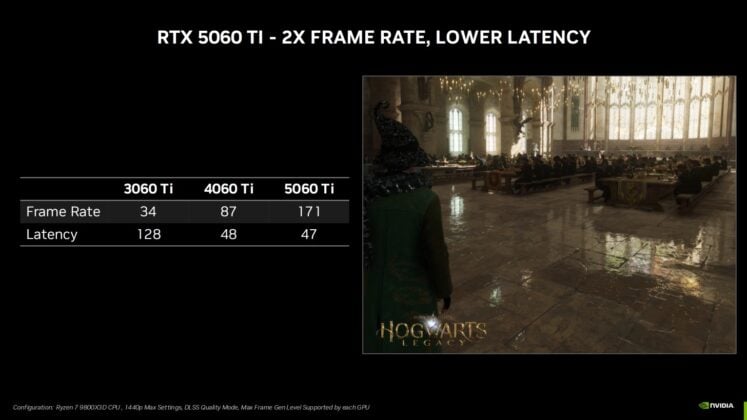
All RTX 5060 cards feature PCIe 5.0 x8 connectivity, although they use a physical x16 slot connector. This setup provides half of the total bandwidth offered by PCI Express 5.0, equivalent to PCIe 4.0 x16. While this configuration should suffice for most use cases, intensive AI workloads might benefit from higher connection speeds.
In benchmark comparisons against the RTX 4060 and RTX 3060 12GB, the RTX 5060 demonstrates limited performance gains without Frame Generation and Multi Frame Generation enabled. However, DLSS 3 and Multi Frame Generation technologies significantly enhance performance, especially at 1080p highest settings.
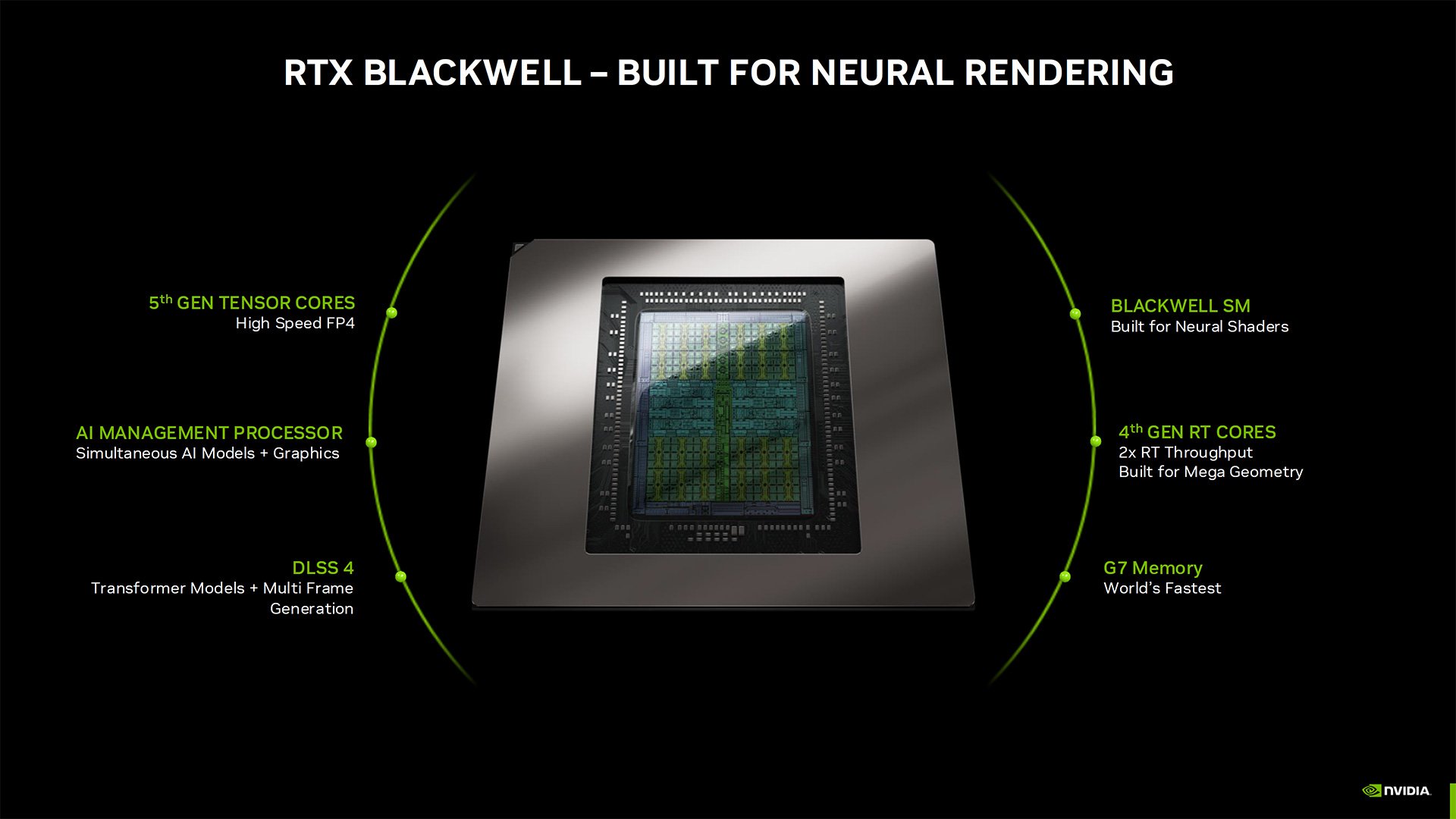
Architectural Advancements
The Blackwell architecture brings improvements in ray tracing, rasterization, and neural processing. While neural processing performance is promising, its benefits depend on the adoption of neural processing features in new games. Technologies such as DLSS 4, neural texture compression, and neural materials utilizing Microsoft’s Cooperative Vectors API could potentially reduce VRAM usage by a third.
NVIDIA’s ambitious performance claims, driven by DLSS and AI features, include the introduction of Multi Frame Generation, which generates a third frame between two rendered frames, and RTX Neural Material technology.
Availability and Market Considerations
The GeForce RTX 5060 series will be available for purchase starting next month. The RTX 5060 Ti 8 GB and 16 GB models will be released on April 16, with reviews anticipated on the same date. Despite challenges such as potential tariffs and supply shortages, NVIDIA aims to provide enhanced performance and features at the same starting price of $299 as the RTX 4060.
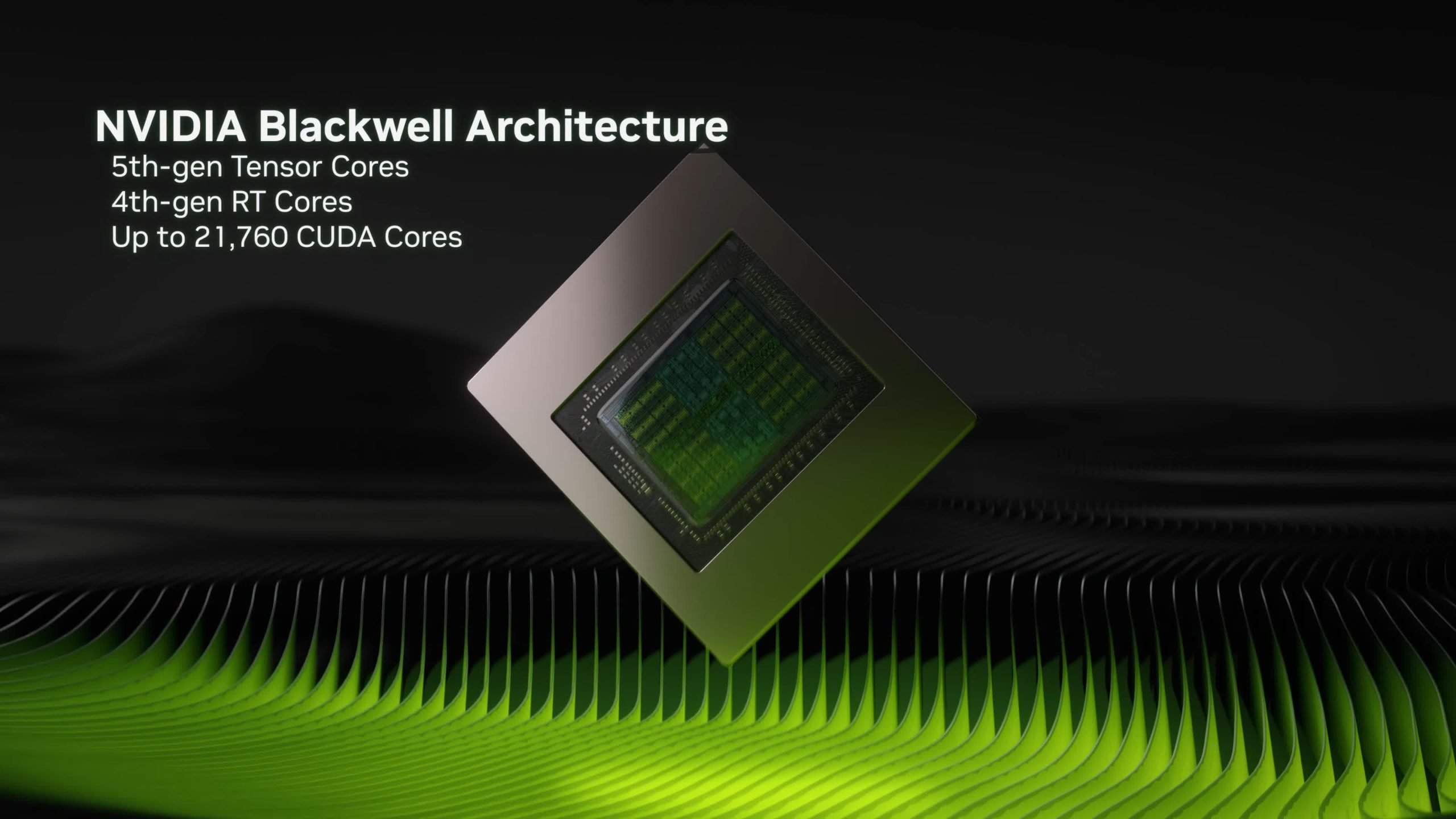
In summary, the GeForce RTX 5060 series represents a significant upgrade for a large portion of gamers, particularly those using older x60 and x50 class graphics cards. With DLSS 4, the new lineup offers up to 50x graphics performance compared to older models like the GTX 1060 or GTX 1660.
ENGLİSH
5 gün önceSİGORTA
5 gün önceSİGORTA
5 gün önceSİGORTA
8 gün önceSİGORTA
10 gün önceSİGORTA
10 gün önceDÜNYA
19 gün önce 1
Elon Musk’s Father: “Admiring Putin is Only Natural”
11558 kez okundu
1
Elon Musk’s Father: “Admiring Putin is Only Natural”
11558 kez okundu
 2
xAI’s Grok Chatbot Introduces Memory Feature to Rival ChatGPT and Google Gemini
10581 kez okundu
2
xAI’s Grok Chatbot Introduces Memory Feature to Rival ChatGPT and Google Gemini
10581 kez okundu
 3
Minnesota’s Proposed Lifeline Auto Insurance Program
9474 kez okundu
3
Minnesota’s Proposed Lifeline Auto Insurance Program
9474 kez okundu
 4
Introducing Vivo Y300 Pro+: A Blend of Power and Affordability
7412 kez okundu
4
Introducing Vivo Y300 Pro+: A Blend of Power and Affordability
7412 kez okundu
 5
What’s the best car insurance for seniors?
6069 kez okundu
5
What’s the best car insurance for seniors?
6069 kez okundu
Veri politikasındaki amaçlarla sınırlı ve mevzuata uygun şekilde çerez konumlandırmaktayız. Detaylar için veri politikamızı inceleyebilirsiniz.